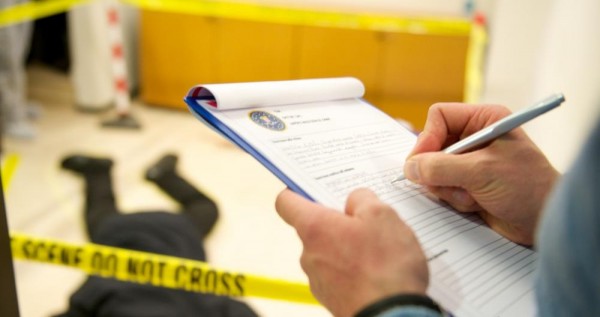It is obvious that our behaviours are simply the reflection of our beliefs. People tend to behave based on their fundamental values or beliefs. Therefore, it is possible to reveal our thoughts based on our actions. Criminal profiling is based on this premise and it is an analysis of human behaviour. Behaviours can be analyzed and refined to help law enforcement and legal professionals to evaluate past behaviours, determine thoughts and possible predict future actions.
Criminal profiling involves personal assessment methods and this may combine different disciplines, such as forensics, sociology and psychology. It is important to deter future criminal behaviours, especially violent ones. Criminal profiling is especially useful for investigating sex-related homicides. Many of these crimes have no direct methods and caused by underlying mental conditions.
Profiling can help investigators to determine information about the behaviours of killers. Through proper analysis, it is possible for investigators to develop effective hypothesis to compare information gathered from the physical evidence, witness interviews and crime scenes.
The accumulation of educated guesswork and experience can help investigators to accurately refine the entire profiling process. This could allow law enforcement agencies to apprehend and prosecute criminal offenders. Obviously, criminal profiling isn’t a fixed subject and it is often routinely validated, re-examined and refined to help law enforcement personnel to narrow down possible suspects.
Through the years, investigators may have developed ample expertise through involvement with many cases, accumulated wisdoms and various on the job experiences.
Validations of behaviours, justifications, reasons, motives and patterns can reflect the way people think to reveal past behaviours and predict future actions. Having a good mind isn’t enough and it is important to use methods effectively. It is also important to asses personality types based on systematic analysis. Law enforcement agency may need to focus their effort in specific areas to save resources, effort and time.
There are multiple personal interviews, leads, educated assessments and crime scene analysis. In general, there are five steps of criminal profiling:
• Profiling inputs:
Profiling inputs is a stage when investigators gather a collection of data from crime scenes, evidences and related individuals. This is important to gather background information of the criminal offense.
• Creating models of decision process:
Profilers will organize and arrange information they get based on known patterns. This can help investigators to correctly classify homicides and create early predictions.
• Crime Assessment:
Profilers will reconstruct sequences of events that can correlate both the victim and the offender. It is also possible determine whether the crime is organized or disorganized, based on a number of factors.
• Final profiling:
At this stage, profilers should be able to perform analysis that can be used to conduct investigations. It will be a starting point to gather refute or validate previous hypotheses. This will allow the law enforcement agency to ensure maximum effectiveness with the least resources.
• Investigation:
The law enforcement agency can perform the actual investigation process, based on the analysis provided by the profiler.
About: Author is an employee of reputed seo services company. He’s likes blogging on internet marketing, small business tips and Finance.

